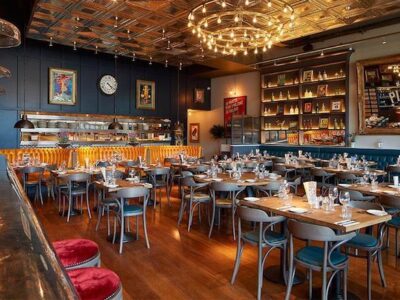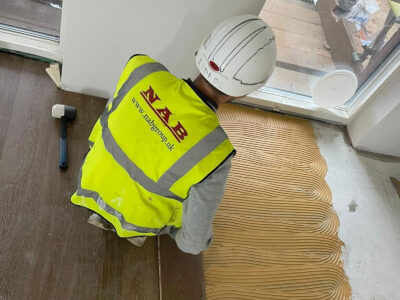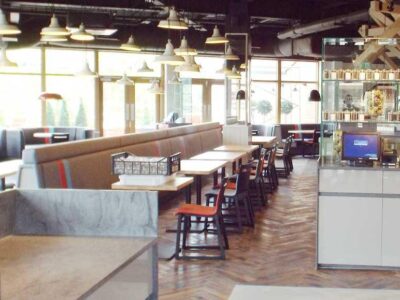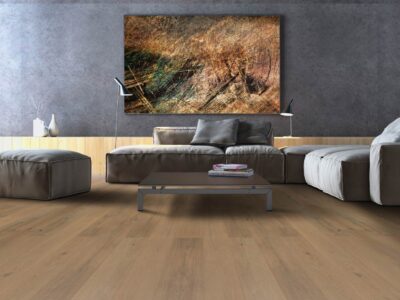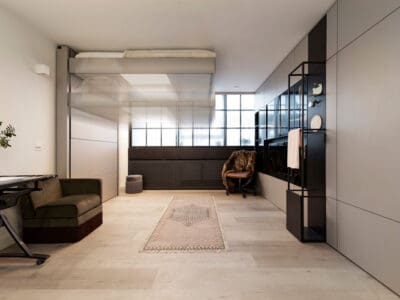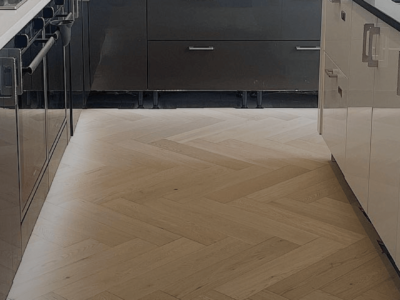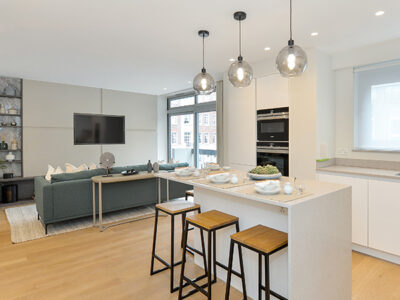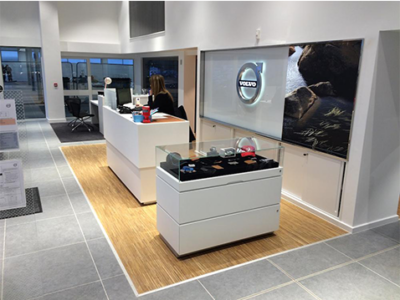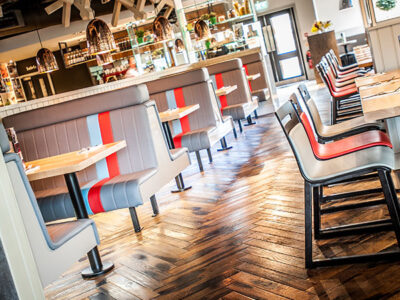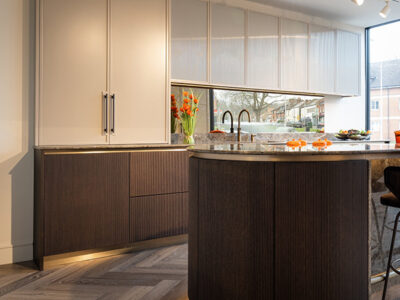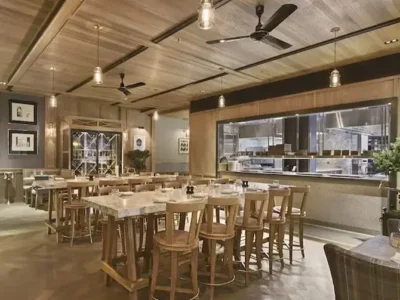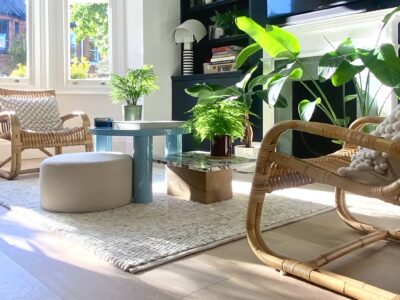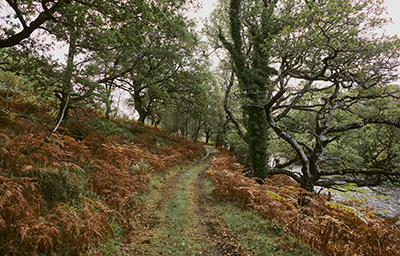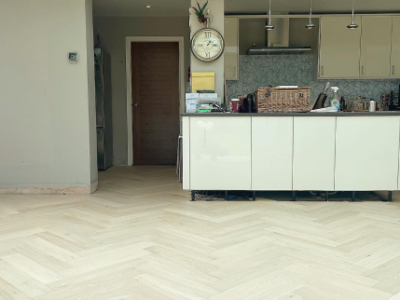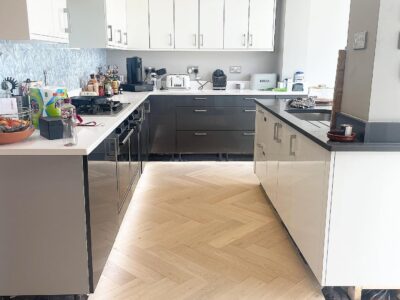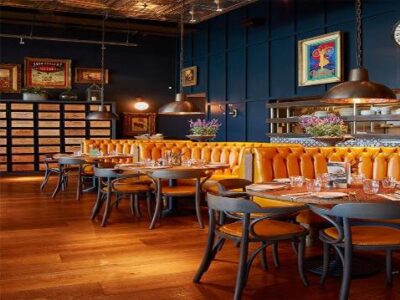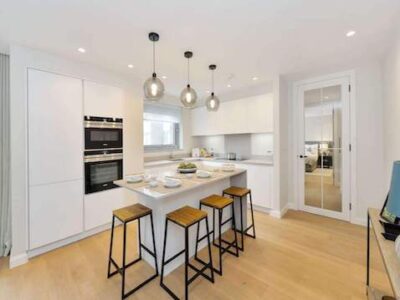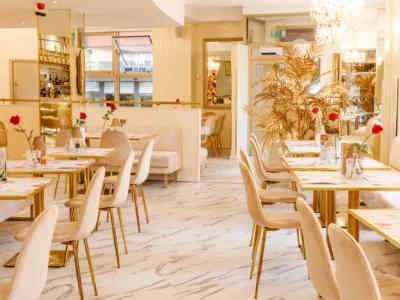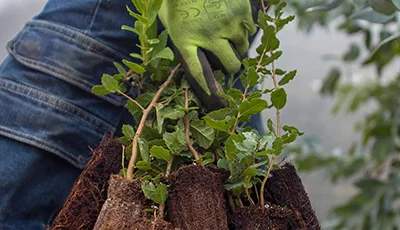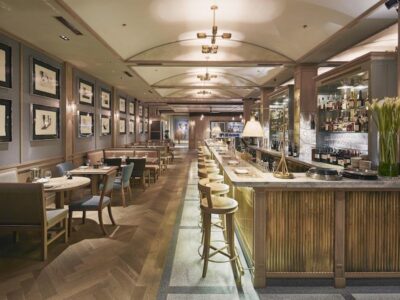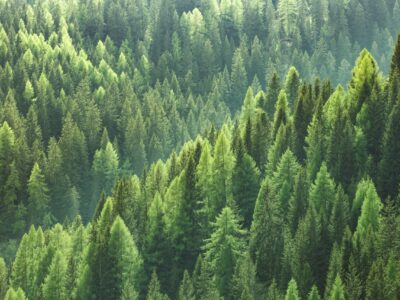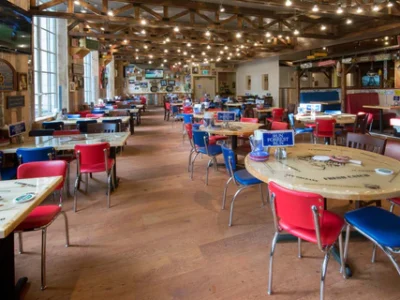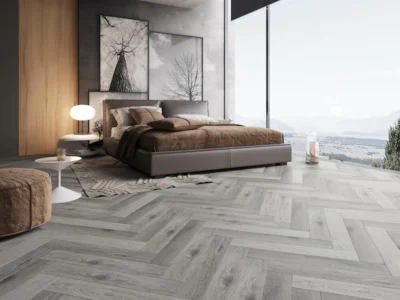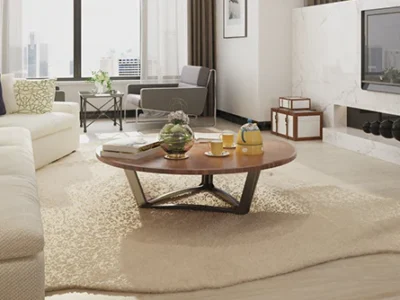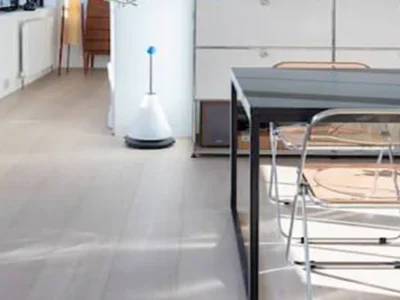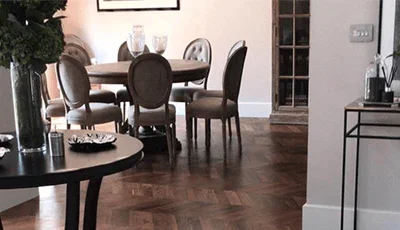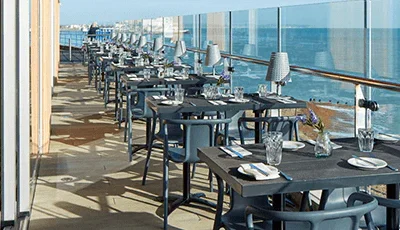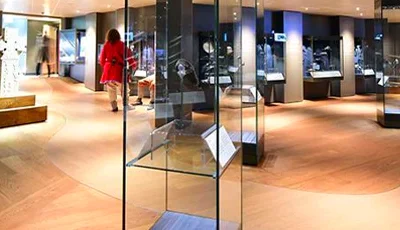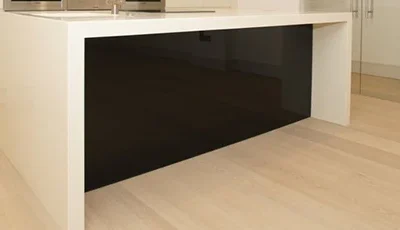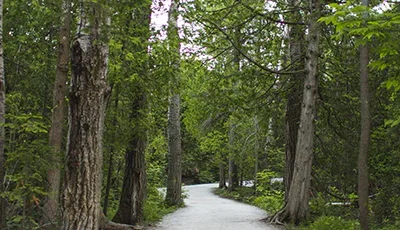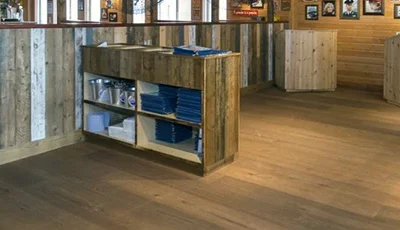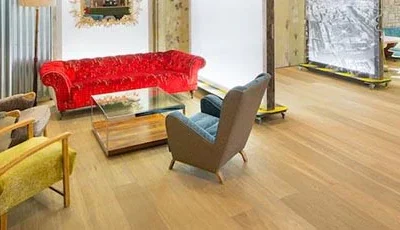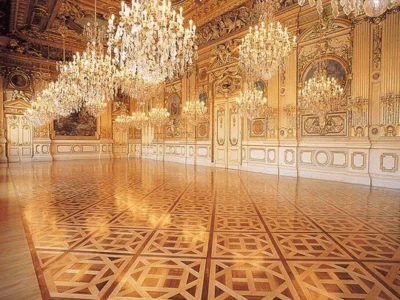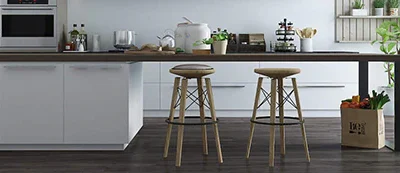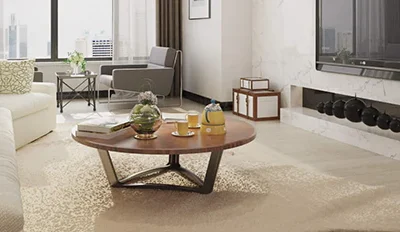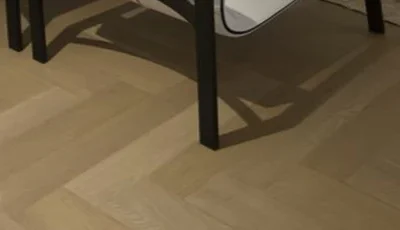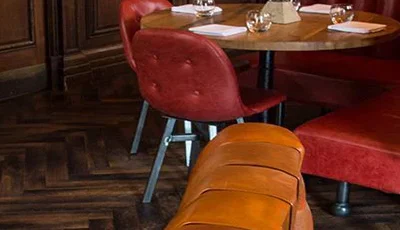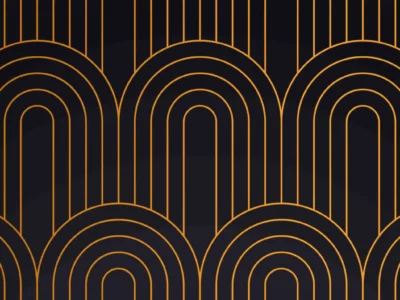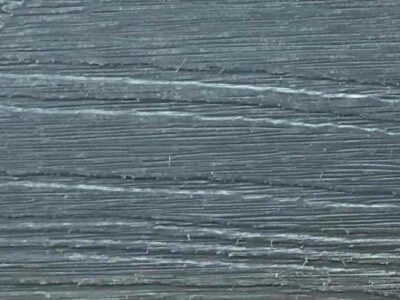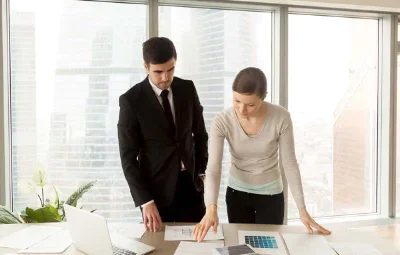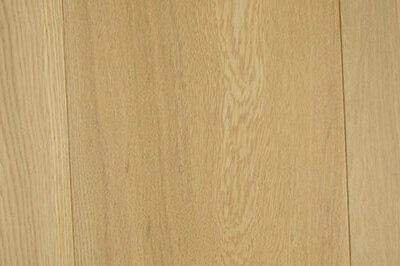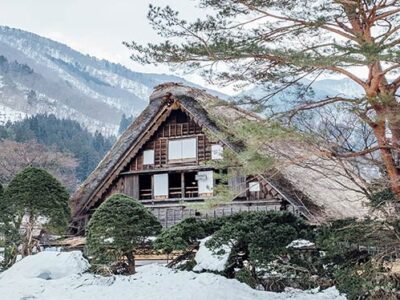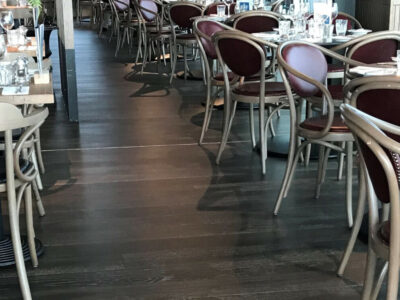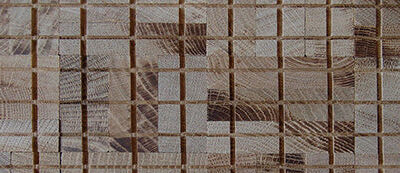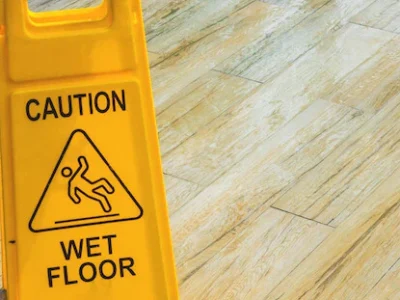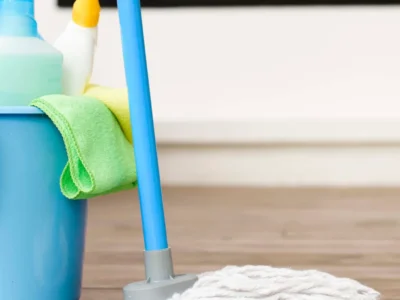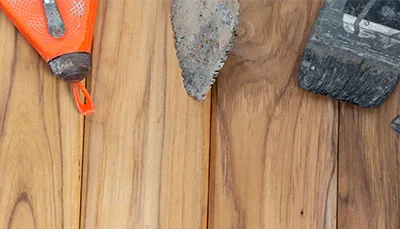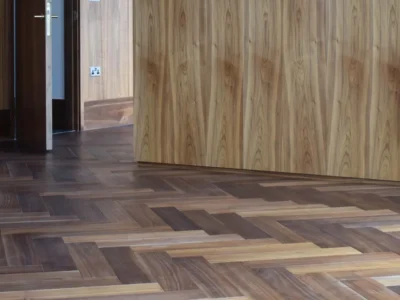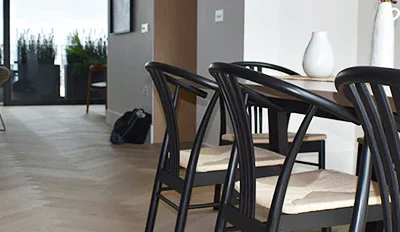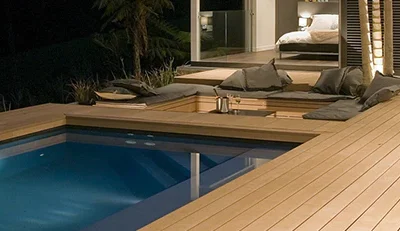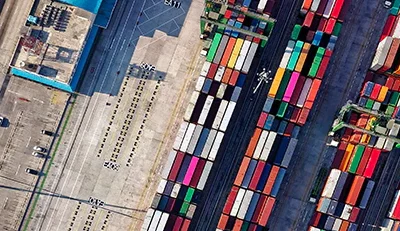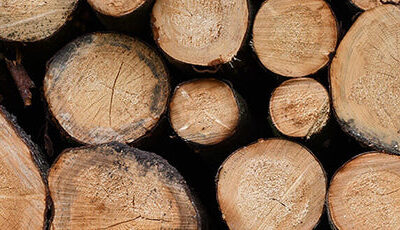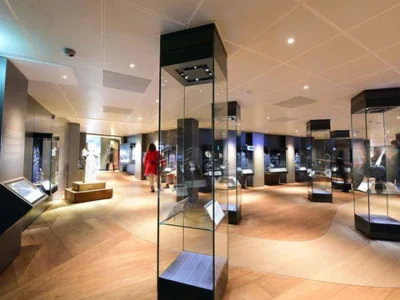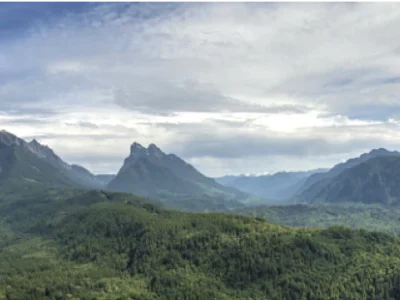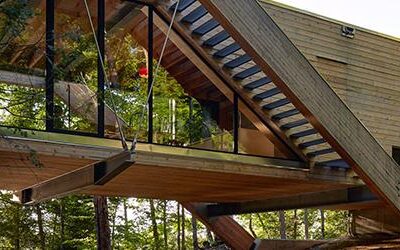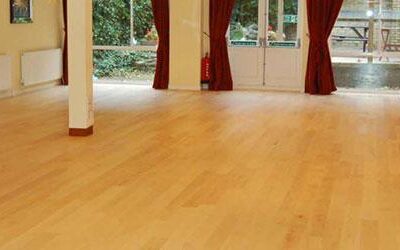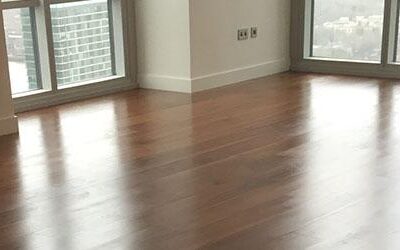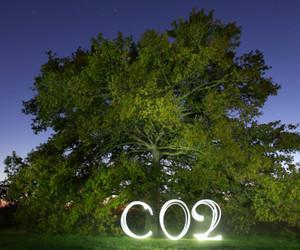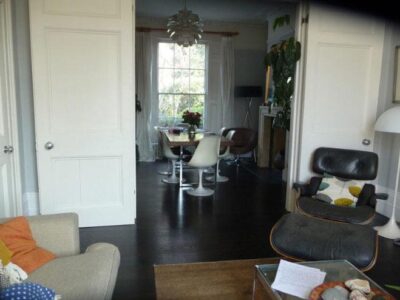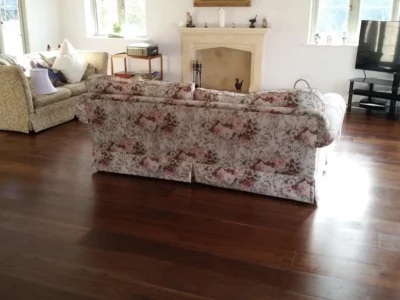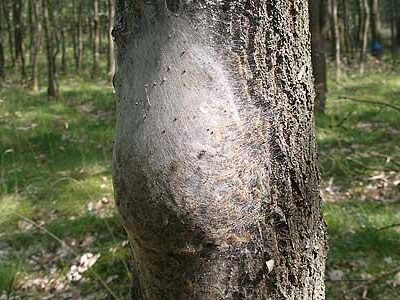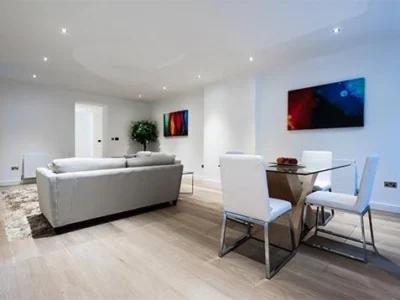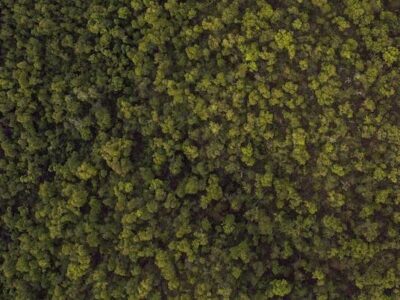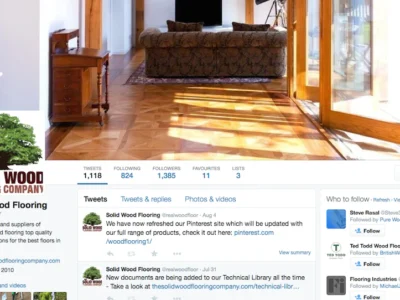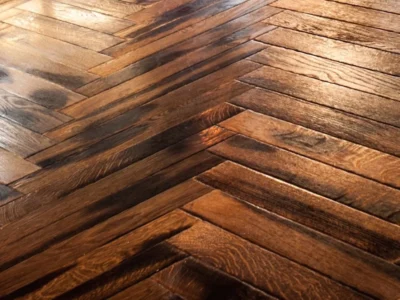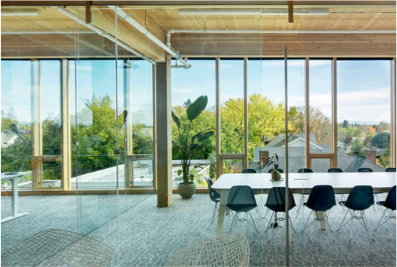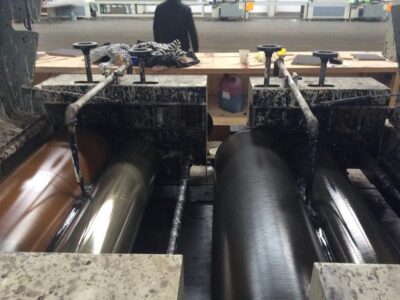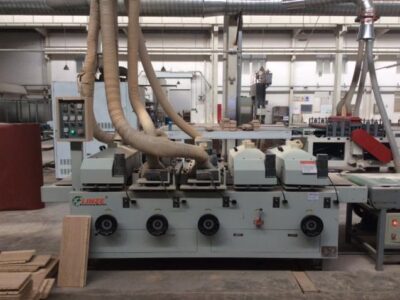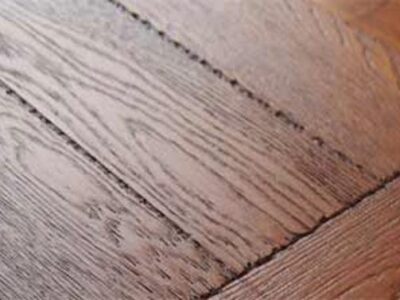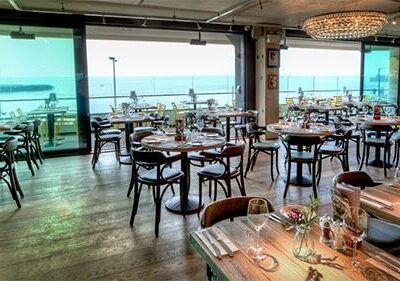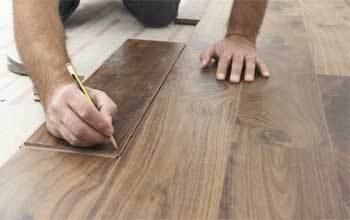How to Maintain and Extend the Life of Your Restaurant’s Wood Flooring
Read more
Elevating West End Lane: A Partnership Highlight with NBA Contractor
Read more
Top Trends in Restaurant Flooring in 2024
Read more
The Importance of PEFC Certification for Sustainable Wood Flooring
Read more
What is the Best Direction to Run Wood Flooring?
Read more
Preparing for Wood Flooring: Everything You Need to Know Before Work Begins
Read more
Announcing Greenhill Way: A Showcase of Impervia® Flooring Solutions
Read more
Celebrating 15 Years of Innovation and Excellence with Dandi Living
Read more
The Timeline for Installing Your New Wood Flooring: From Selection to Completion
Read more
Custom Flooring Solutions: How Tailored Wood Floors Elevate Luxury Developments
Read more
Innovative Wood Flooring Trends: How Developers Can Stay Ahead in 2024
Read more
Sustainable Flooring Solutions for Modern Developers: A Guide to Eco-Friendly Wood Floors
Read more
Top 5 Tips for Maintaining Wood Flooring in High-Moisture Areas
Read more
14/01/2024
The Art of Choosing the Right Wood Flooring: Tips for Commercial Interiors
Read more
16/01/2024
Which floor is best for commercial use?
Read more
16/01/2024
Sustainable and Stylish: Exploring the Longevity of Engineered Wood Flooring in Commercial Spaces
Read more
UV Oiled vs Lacquered Finishes
Read more
19/12/2023
Wood Floor Care: Tips for High-Traffic Commercial Spaces
Read more
11/04/2023
Carpets, friend or foe?
Read more
11/04/2023
Why the solid wood flooring company works with Gone West to plant trees
Read more
11/04/2023
Which trees absorb the most carbon dioxide UK
Read more
06/09/2022
The Importance of a Proper Builders Clean
Read more
10/08/2022
Choosing Raw Timber UV Oiled Oak Flooring for Residential Properties
Read more
01/08/2022
Why our flooring is perfect for commercial retail projects
Read more
12/05/2022
A Quick Guide to Flooring Types for Residential Projects
Read more
19/04/2022
What does sustainable wood flooring really mean?
Read more
01/04/2022
Planting trees with Minchinhampton Golf Club
Read more
23/03/2022
Sustainable flooring for sustainable living
Read more
24/02/2022
6 reasons our Solid Wood Flooring is the ideal match for Architects and Designers
Read more
17/01/2022
Our Green Sustainability Strategy
Read more
15/12/2021
Technical summary of the various environmental conditions for fitting wood flooring
Read more
10/12/2021
The Solid Wood Flooring Company Partners With Gone West
Read more
16/11/2021
4 Times Wood Flooring Fitted Restaurants Perfectly
Read more
27/10/2021
The Benefits of Choosing Engineered Wood Flooring
Read more
15/10/2021
A quick guide to sustainable hardwood flooring
Read more
15/10/2021
5 Reasons Why Our Flooring Is Perfect For Commercial Interior Design
Read more
26/04/2021
Is Vinyl Flooring Good for Commercial Use?
Read more
07/04/2021
Quality of Life Foundation publishes framework for homes that provide better quality of life
Read more
17/03/2021
The Solid Wood Flooring Company celebrates 1800 Trees Planted
Read more
12/02/2021
Why The Solid Wood Flooring Company Is The Natural Choice?
Read more
11/01/2021
Flooring Trends to Help Interior Designers In 2021
Read more
09/12/2020
Flooring to suit all projects
Read more
16/11/2020
Commonly asked questions when purchasing a wood flooring
Read more
16/10/2020
What is the best flooring for bathrooms?
Read more
05/10/2020
FSC® and PEFC™ certified wood flooring at The Solid Wood Flooring Company
Read more
28/09/2020
Why The Solid Wood Flooring Company Stands Out From The Crowd
Read more
04/09/2020
Introducing The Solid Wood Flooring Company’s New Room Visualiser!
Read more
12/08/2020
The Best Flooring For Hotels
Read more
03/08/2020
What is the best type of flooring for a restaurant/kitchen?
Read more
13/07/2020
How The Solid Wood Flooring Company Can Meet Your Budgetary Requirements
Read more
26/06/2020
RetroFitting
Read more
09/06/2020
What makes The Solid Wood Flooring Company the ideal match for any Architect or Designer?
Read more
18/05/2020
The top benefits of engineered wood flooring
Read more
27/04/2020
Waterproof and Fireproof Herringbone Oak Parquet Flooring from Impervia
Read more
02/04/2020
Luxury On A Budget: The Interior Design Edition
Read more
19/03/2020
COVID-19 : The Solid Wood Flooring Company Response
Read more
05/03/2020
Creating Your Own Safe Haven
Read more
20/02/2020
Retrofitting; laying a new route to the future of modern designs
Read more
06/02/2020
The Solid Wood Flooring Company: In the News
Read more
23/01/2020
When is the time to refurbish your business?
Read more
09/01/2020
Trending Wood Flooring For 2020
Read more
19/12/2019
Update Your Home For Christmas
Read more
28/11/2019
Domestic and Commercial Relationships: A Suppliers Story
Read more
14/11/2019
What is a PEFC™ certification?
Read more
31/10/2019
Our Supply Chain and What It Means For You
Read more
17/10/2019
Understanding Slip Resistance in Relation to Flooring Installation
Read more
03/10/2019
Why using correct cleaning products on your wood floor is important
Read more
12/09/2019
How to protect your floor whilst work continues
Read more
29/08/2019
The Interior Designers Secret Weapon: The New Italian Renaissance Collection
Read more
15/08/2019
Exclusive Apartment Conversion: The Solid Wood Way
Read more
01/08/2019
Herringbone Parquet Flooring: What could go wrong?
Read more
18/07/2019
WWF Award 3 Trees to The Solid Wood Flooring Company
Read more
04/07/2019
Launching Solid Wood Floorings New FSC certified Composite Decking
Read more
20/06/2019
Celebrating The Solid Wood Flooring SPC Vinyl Range
Read more
23/05/2019
Brexit and what it means to your timber flooring supply
Read more
13/02/2019
TTF Newsletter Feature
Read more
06/02/2019
Unfinished Oak in the Jorvik Viking Museum
Read more
03/12/2018
Thomas House Project Nominated for 2019 CJF/CFA Award
Read more
26/01/2018
Illegal Logging in Brazil
Read more
05/12/2017
Five of the most innovative uses for wood in 2017
Read more
02/11/2017
TFF – Timber Expo 2017 Highlights
Read more
20/10/2017
Stop buying canned beef u2013 itu2019s endangering our planet!
Read more
05/10/2017
7 reasons for using Oil and Hard Wax Finishes on your floor
Read more
11/09/2017
An Introduction to Canadian Maple Flooring
Read more
17/08/2017
Luxurious Wood Flooring: American Black Walnut Floors
Read more
31/07/2017
How to best utilise your space with wood flooring
Read more
13/07/2017
Flooring Trends of 2017 u2013 Parquet Flooring
Read more
31/05/2017
Flooring the priority for homeowners in 2017
Read more
02/05/2017
The Solid Wood Flooring Company gain top marks again!
Read more
13/03/2017
Sustainable Wood Flooring is the only choice
Read more
11/11/2016
How Does Your Homeu2019s Indoor Environment Affect Wood Flooring?
Read more
01/08/2016
Walnut Flooring: The perfect floor for any environment
Read more
23/06/2016
Oak Processionary Moth could threaten Oak Trees
Read more
09/05/2016
Want to create a truly unique floor?
Read more
18/04/2016
5 Wood Flooring Trends of 2016
Read more
31/03/2016
Grey Oak Flooring is the floor of 2016
Read more
24/02/2016
We need to plant more trees
Read more
12/01/2016
The difference between Herringbone & Chevron Parquet Flooring?
Read more
24/12/2015
What is PEFC Certification?
Read more
10/11/2015
Do not buy illegal Ash Flooring
Read more
01/10/2015
Updated 2015 Wood Flooring Brochure now available
Read more
23/09/2015
Industry Statement on the EUTR
Read more
04/09/2015
Why itu2019s important to buy sustainable timber products
Read more
07/08/2015
Get Social with the Solid Wood Flooring Company
Read more
28/07/2015
Introducing our new Technical Library
Read more
13/07/2015
Why is wood so good for Flooring?
Read more
15/06/2015
Engineered Hardwood Flooring is the modern wood floor
Read more
12/05/2015
Our Wood Floors gain Top Marks from WWF
Read more
05/05/2015
The Solid Wood Flooring Company win Award
Read more
27/04/2015
Active Stains to Carbonising: How we create colour
Read more
20/04/2015
Creating the Perfect Wood Floor Finishes
Read more
13/04/2015
Creating the Perfect Wood Floor – Brushing
Read more
07/04/2015
What is Fumed Oak Flooring?
Read more
30/03/2015
Creating Unique Antique Wood Flooring
Read more
25/03/2015
Oak Flooring – A Natural And Sustainable Choice
Read more
17/03/2015
Avoid Potential Underfloor Heating Problems with Wood Floors
Read more
10/03/2015
Rugs and Underfloor Heating
Read more
03/03/2015
Using WOCA Oils to treat wooden floors
Read more
24/02/2015
What is Engineered Wooden Flooring
Read more
20/02/2015
Parquet Flooring Introduction
Read more
We use cookies on this site to ensure the best service possible
I agree
